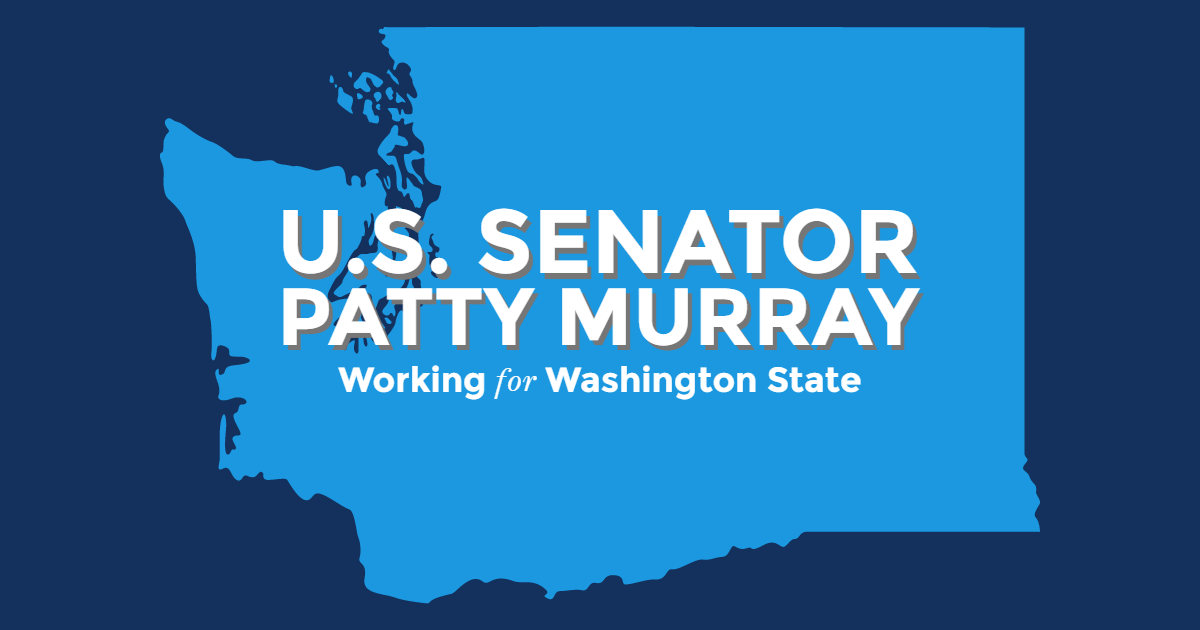Source: United States Senator for Washington State Patty Murray
(Washington, D.C.) – Today, U.S. Senator Patty Murray (D-WA), a senior member of the Senate Appropriations Committee, and chair of the Labor, Health and Human Services, Education, and Related Agencies (LHHS) Subcommittee, released the following statement on the historic investment in public education in the fiscal year 2022 LHHS bill announced today. The bill includes $98.4 billion for the Department of Education—an increase of $24.9 billion from FY21. This includes doubling funding—or an increase of $16.55 billion—for Title I, the primary source of federal funding for public K-12 schools.
“This pandemic has made life harder for every single student, educator and family across the country—and this pain has not been felt equally. For many students of color, students whose families are paid low incomes, students with disabilities, and others, this pandemic has only made long-standing inequities even worse.
“It’s clear that we cannot simply go ‘back to normal’—because for too long normal has meant that our public schools, teachers, and students don’t have the resources they need to thrive. That’s why I’m so proud this bill would double key funding for our public schools—helping to close achievement gaps and make a quality public education available to every single child in our country.
“I’ve said it a million times but I’ll say it again—an investment in education is an investment in our kids and in our future. So I’ll be pushing as hard as I can to get his historic funding increase signed into law—because students, families and educators across the country deserve nothing less.”
Title I-A grants provide additional support to schools with a significant number of students living in poverty to help address disparities in educational opportunities and outcomes, particularly for students of color who represent more than half of roughly 25 million students attending Title I-A schools. The bill’s investment would be the largest increase in the program’s history and could allow grants to be made to approximately 11,000 public schools eligible for assistance under the Title I-A grant program that did not receive such funding previously, as well as increase the size of grants to the approximately 60,000 public schools, or roughly 60 percent of all public schools nationwide, that do receive funding.
###
